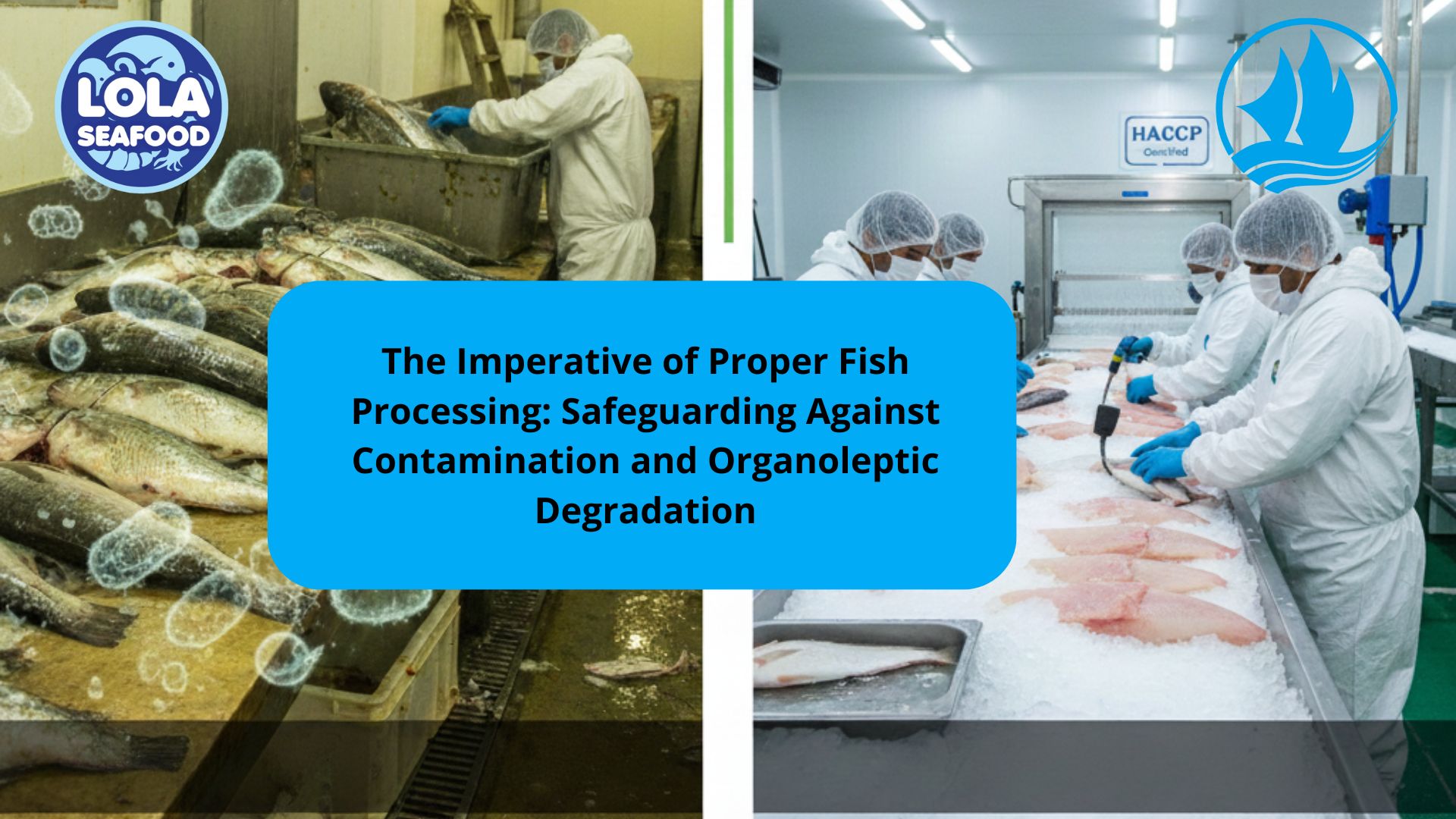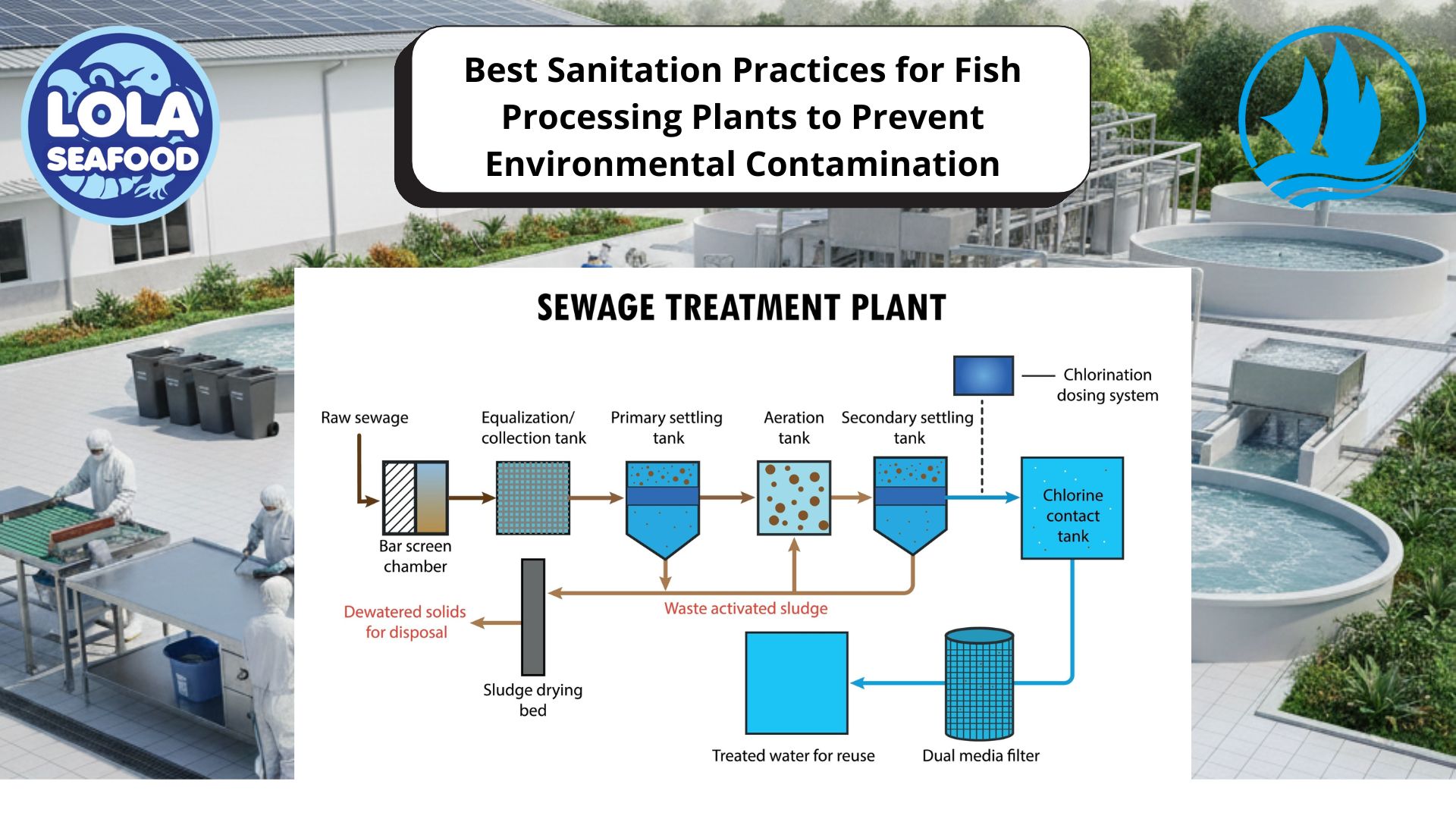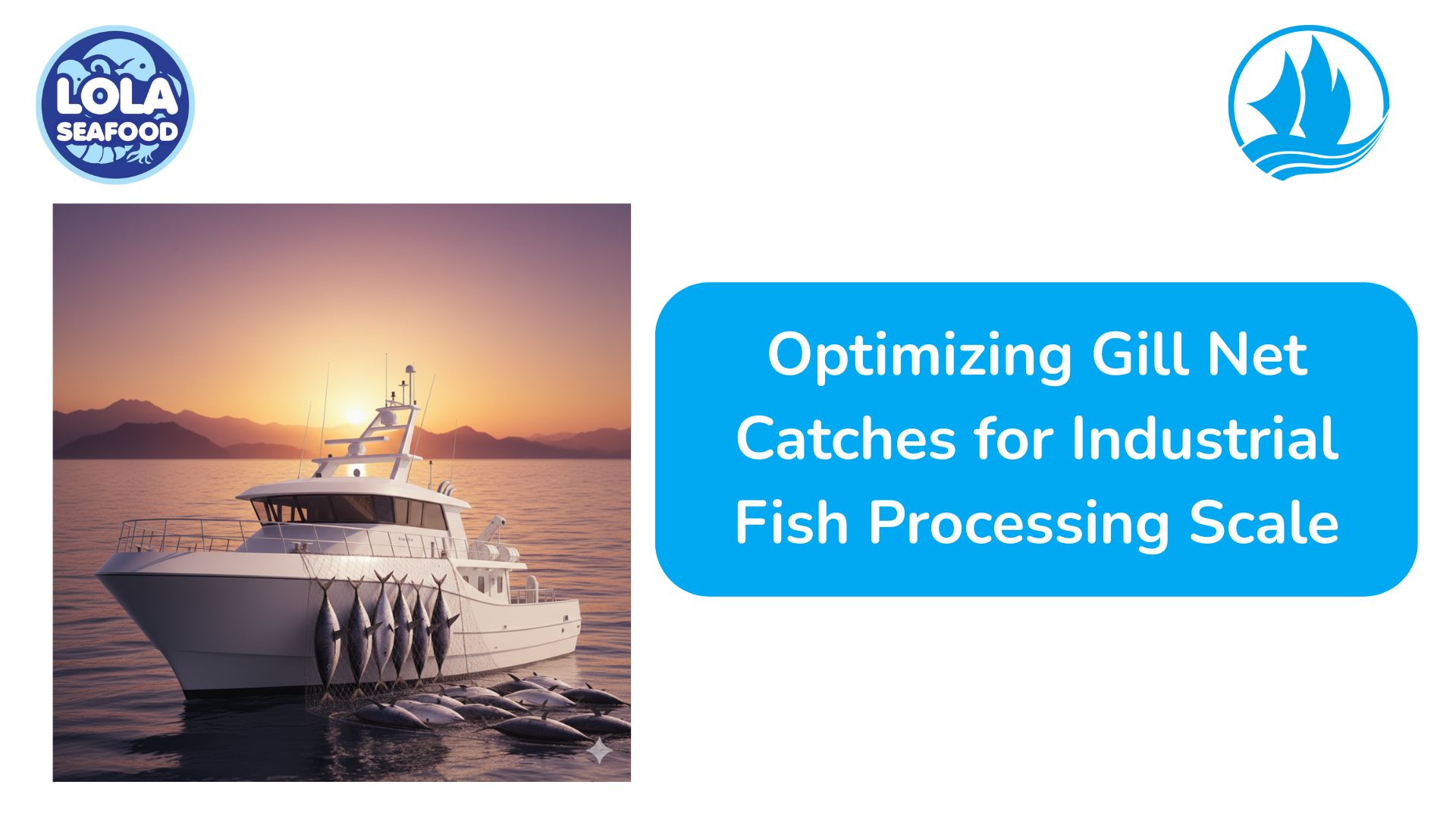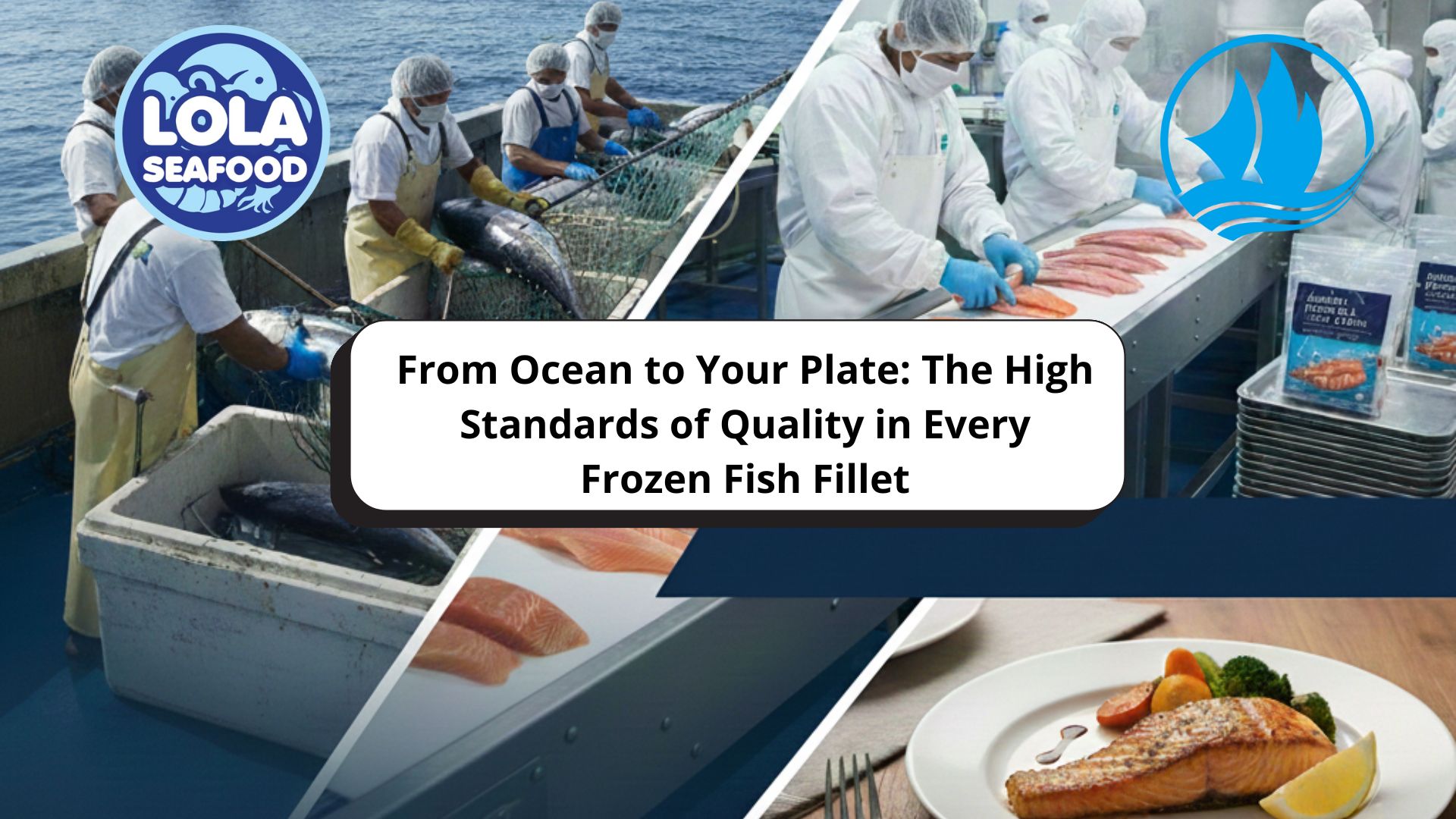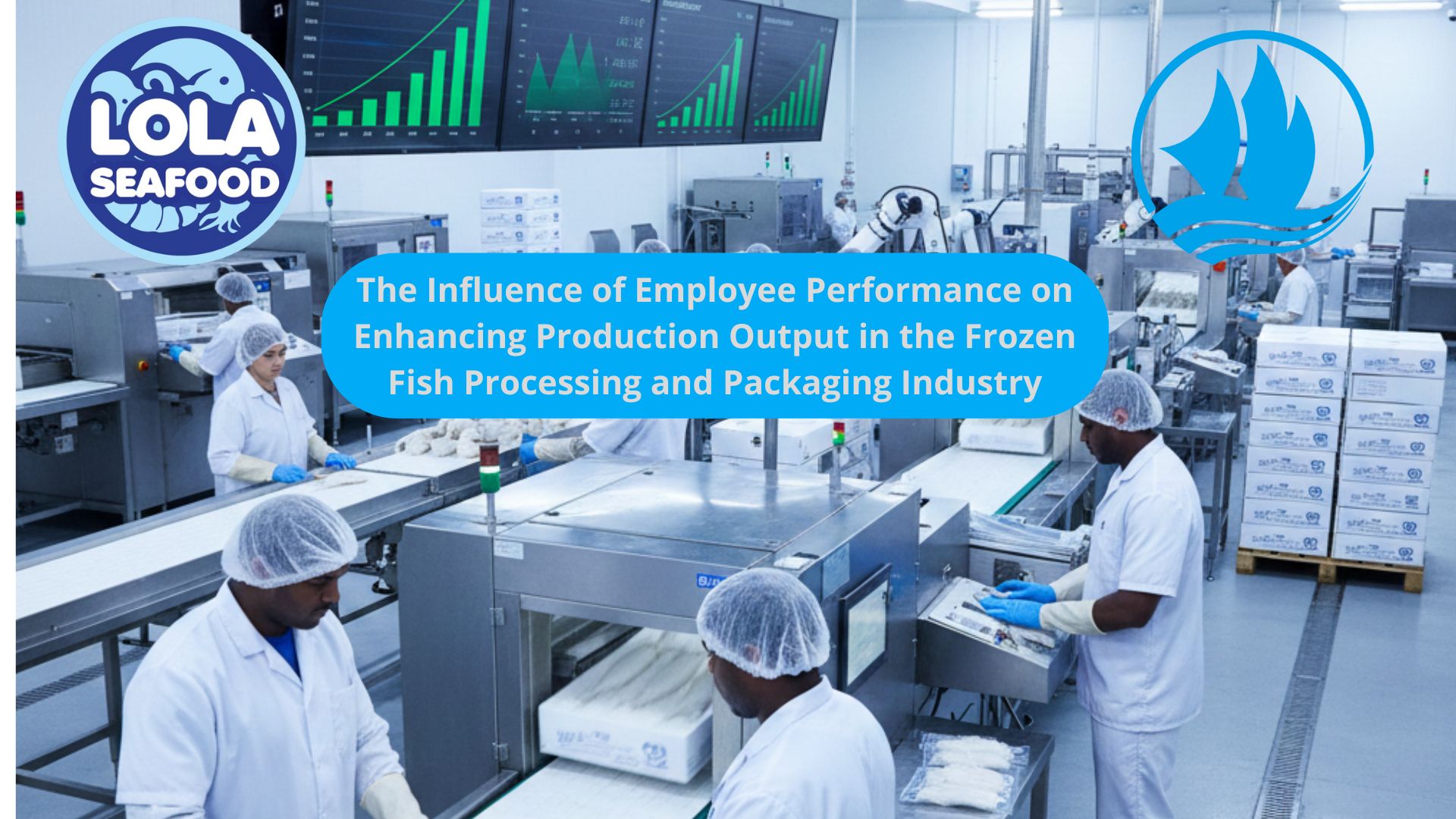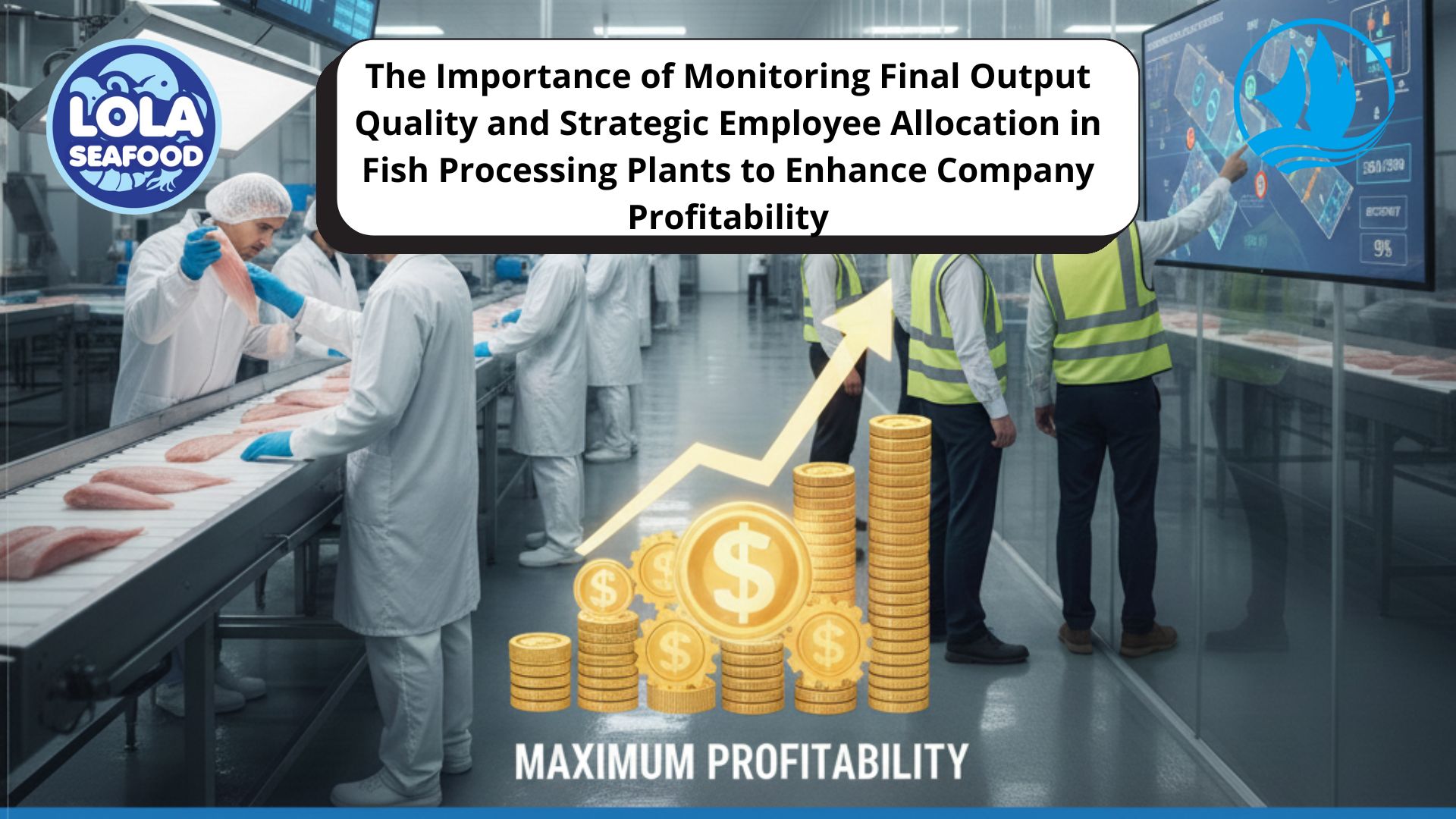How to See if Cobia Fish is Ready to Harvest
By. Puji Widyastuti - 17 Apr 2025.jpg)
Kelolalaut.com Cobia is a fast-growing, carnivorous marine fish prized for its firm white flesh and mild flavour. It’s widely cultivated in aquaculture farms due to its high market demand, rapid growth rate, and adaptability to various farming environments. Knowing the right time to harvest cobia is crucial for optimizing meat quality, ensuring good yield, and maintaining profitability for farmers. Harvesting too early may result in underdeveloped fish, while waiting too long could lead to feed inefficiency and reduced flesh quality.
Here’s how to tell when your cobia is ready to harvest:
1. Size and Weight Benchmarks
The most reliable way to determine if cobia is ready to harvest is by checking average body weight. Cobia generally reaches marketable size between 5 to 8 kilograms (11–17 pounds), depending on the market demand and farming practices. In most commercial farms, cobia is harvested at 6 to 8 months of age when raised under optimal conditions.
Using regular sampling with a digital scale helps track weight gain across the population. Once a majority of the fish in the tank or pen fall within the desired weight range, harvesting can begin.
2. Growth Rate Plateau
Cobia grows rapidly in the early stages of culture but slows down as it matures. If growth rate starts to plateau, it may be a signal that the fish is approaching harvest readiness. Keeping a record of weekly or bi-weekly weight checks can reveal when this plateau begins, allowing for better planning of the harvest.
3. Feed Conversion Efficiency
Feed conversion ratio (FCR) is another important indicator. A good FCR for cobia is around 1.8:1 or lower, meaning the fish needs 1.8 kg of feed to gain 1 kg of body weight. When this ratio starts to climb steadily, it often suggests that the fish is reaching full growth and is no longer converting feed efficiently. At this point, harvesting becomes more cost-effective than continuing to feed.
4. Body Shape and Appearance
Visually, a cobia ready for harvest has a robust, full-bodied shape. The head-to-body proportion appears balanced, and the belly is well-rounded without looking bloated. The skin should be smooth, healthy, and without visible damage or disease. Fins should be intact, and the eyes should be bright and clear. These visual cues help assess overall health and readiness.
5. Behaviour and Activity
Mature cobia may show slightly reduced activity levels and less aggressive feeding behaviour as they approach harvest size. Monitoring feeding response can provide additional insight into their condition. Less energy in pursuing feed often means the fish is nearing optimal size and fat content.
6. Market Timing and Demand
Sometimes, the decision to harvest also depends on market demand, pricing, and logistics. If your fish are nearing ideal weight and there’s a strong market opportunity, harvesting slightly early may still be beneficial. Always consider storage, transport capacity, and processing timelines.
Knowing when cobia is ready to harvest requires a combination of size tracking, growth monitoring, visual health checks, and economic considerations. By staying on top of these indicators, farmers can ensure a high-quality product, minimize costs, and meet market expectations with confidence.
If youre interested in our Cobia Fillet Skin On Cobia Fillet Skinless Cobia Whole Round / Whole Gilled Gutted please do not hesitate to contact us through email and/or whatsapp
 in Meeting Global Protein Demand Sustainably.jpg)
Sustainable Aquaculture: The Role of Recirculating Aquaculture Systems (RAS) in Meeting Global Protein Demand Sustainably

The Critical Importance of Proper Fish Handling to Prevent Histamine Accumulation in Industrial Settings
